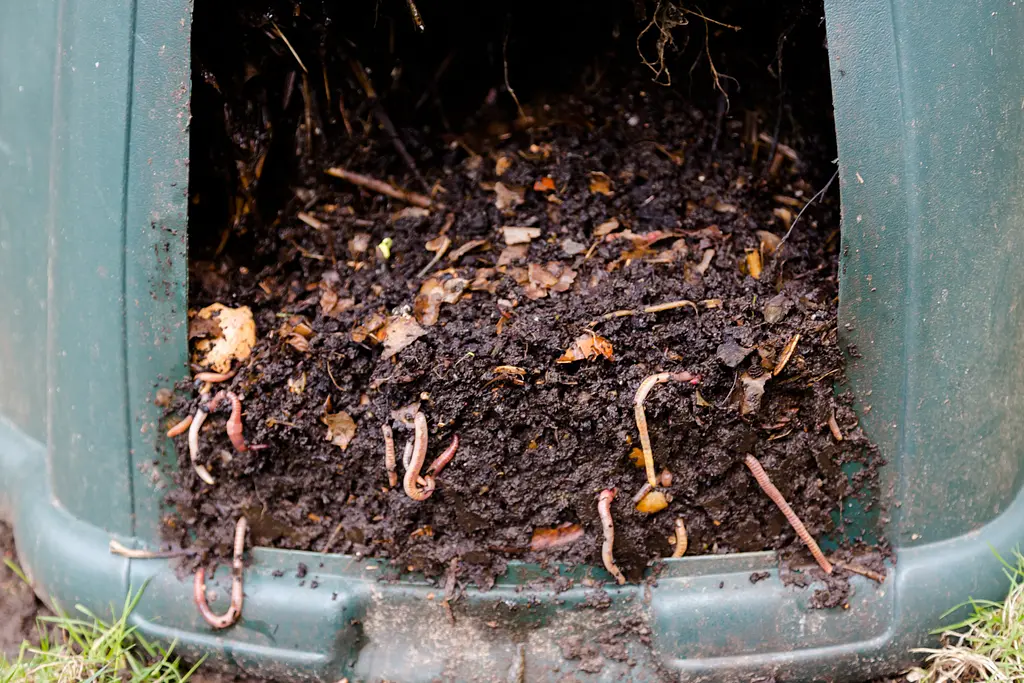This week’s Guest Blogger is Kasia Babel
I love horticulture for the vast number of opportunities it gives to you if you are willing to spend some time on researching and deciding what you want to do.

In the photograph Sasa quelpaertensis, the dwarf bamboo, growing so dense that it does not allow for natural regeneration of the Korean fir forest. The dead stumps of the Korean fir and a member of the Hallsan National Park checking on the seedlings. Babel, 2019.
One of many of those opportunities are bursaries offered to people working in the horticulture industry to allow them to learn new things, create more contacts and enjoy plants to the full. I was able to go on three travel scholarships, all of them to South Korea. I have learnt a lot, met fantastic people and walked a hundred miles. One such project I was interested in (and I still keep my fingers on its development) was the restoration of Abies koreana (Korean fir) forest. This species, with beautiful purple cones, is
often planted in gardens. In its natural habitat, however, the numbers are declining. Two of the main reasons for it, is firstly, the disturbance to natural regeneration of the forest by Siberian roe deer damaging seedlings and secondly, physical overwhelming by the faster and denser growing dwarf bamboo (Sasa quelpaertensis).
I had the chance to see the work the Hallsan National Park Conservation team does to help the forest to survive, and I am amazed by the job they are doing. It is an excellent example of collaboration between science, ecologist and horticulturist.
Summarising, the horticulture team sow and then care for the seedlings in the Hallsana Arboretum Nursery. When the seedlings have established, they are planted into small trays made of biodegradable material and placed in a marked area in the Hallsana National Park. A member of the National Park team checks on them regularly, keeping the dwarf bamboo away until the fir are taller than the bamboo. The tray consists of 6 to 8 seedlings, but
usually, only one Korean fir will survive the seedling stage.

Abies koreana seedlings in the nursery. Babel, 2015.
It may sound easy, but the trees are located almost on the highest part of the Hallsan Mountain (1,995 m), and there is no other way than to walk using one of the four hiking trails (each one of them offers a beautiful view and a good sleep at night). I must admit that hiking the Hallsan Mountain was my favourite part on both my trips (2015 and 2019), mostly because I was able to go there with people who are passionate about their plants, saving the forest and, even that we couldn’t always communicate freely, they put a lot of effort to make me understand the issue regarding the Korean fir forest.
If you work in horticulture, please check if you can apply for one of many available bursaries. Going on a trip like that leaves you with a lot of memories and allows you to meet great people who love plants as (I am sure) you do!
 Abies koreana 8(!) years old seedling in a tray. Only one will probably survive. Babel 2019
Abies koreana 8(!) years old seedling in a tray. Only one will probably survive. Babel 2019





















